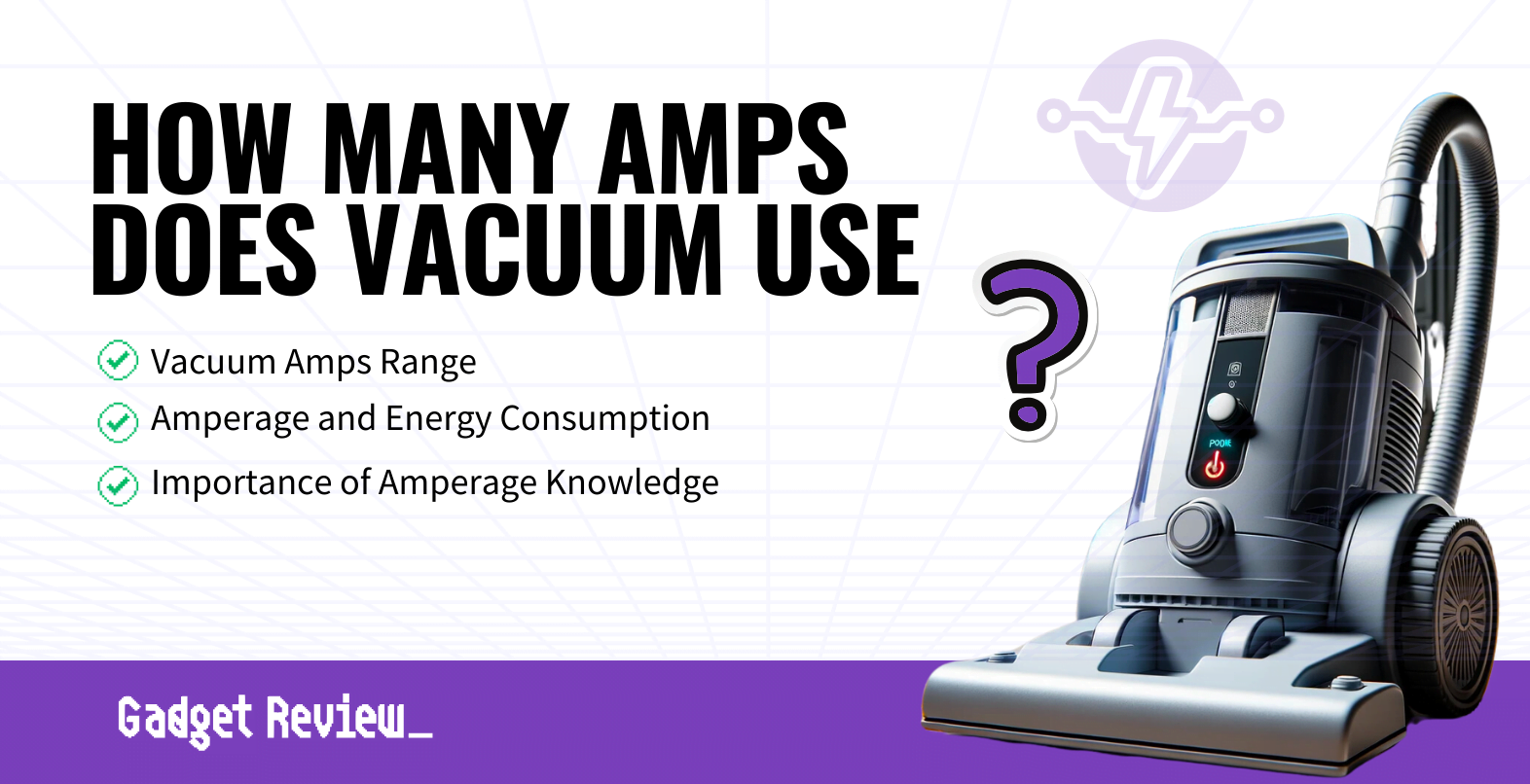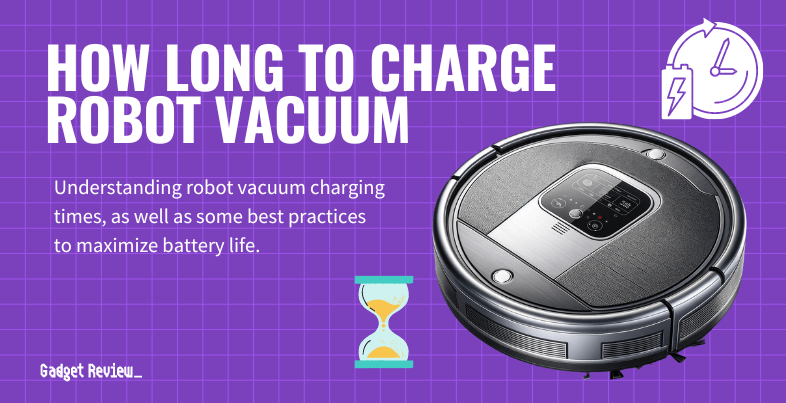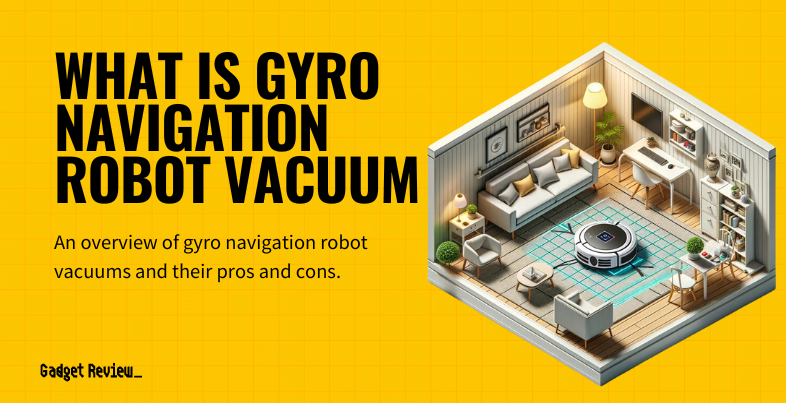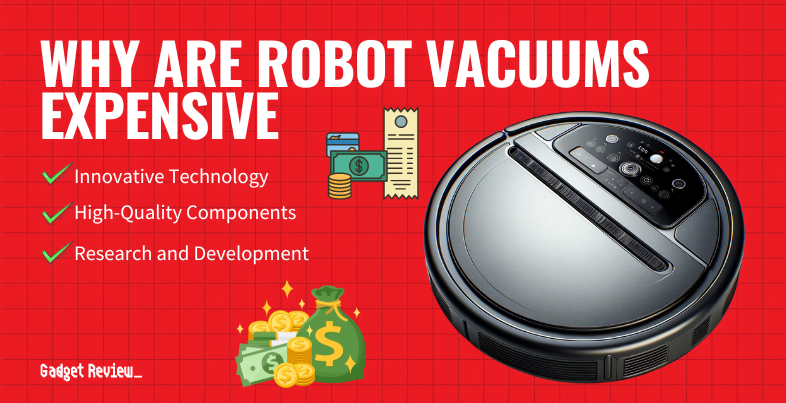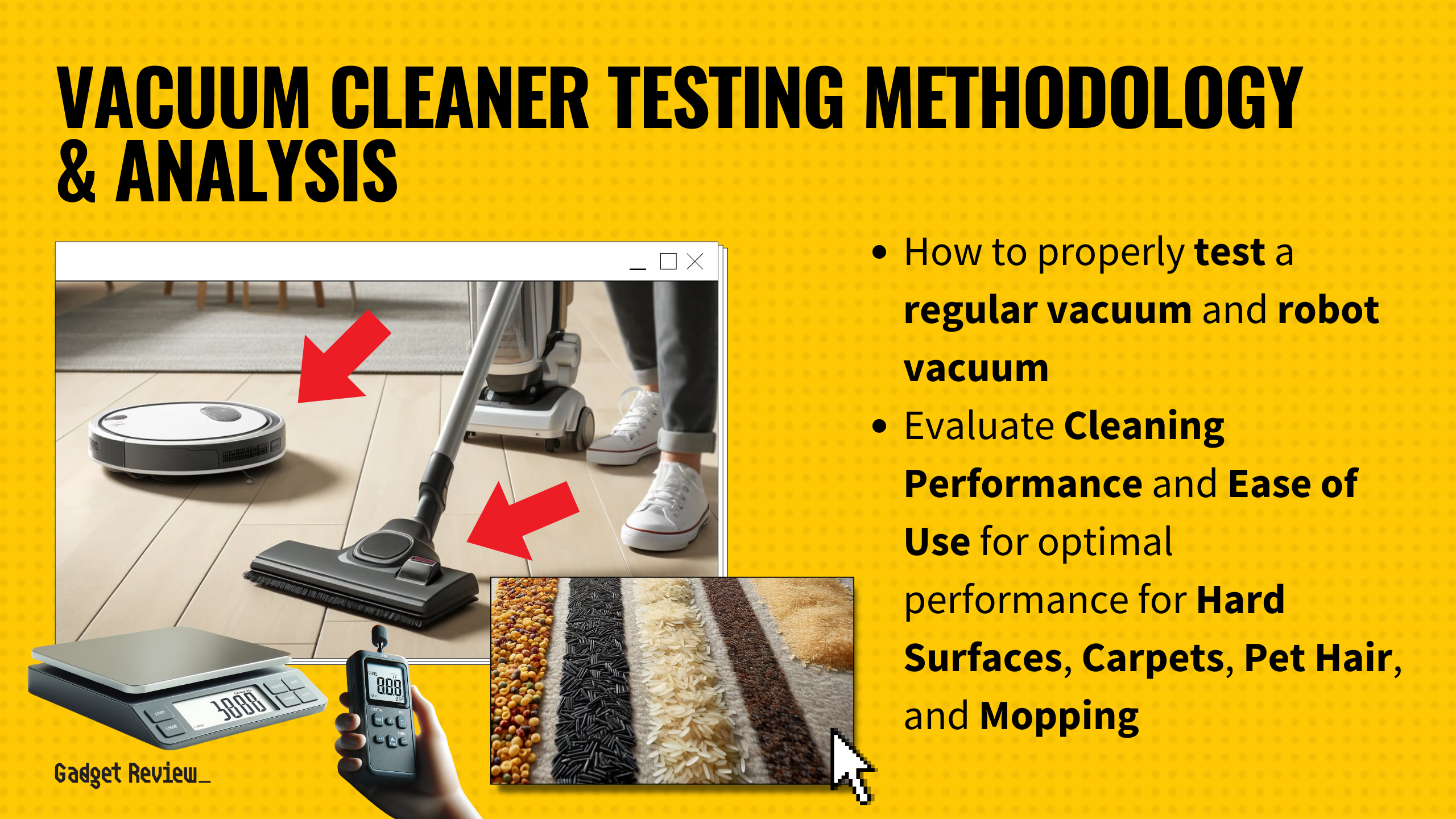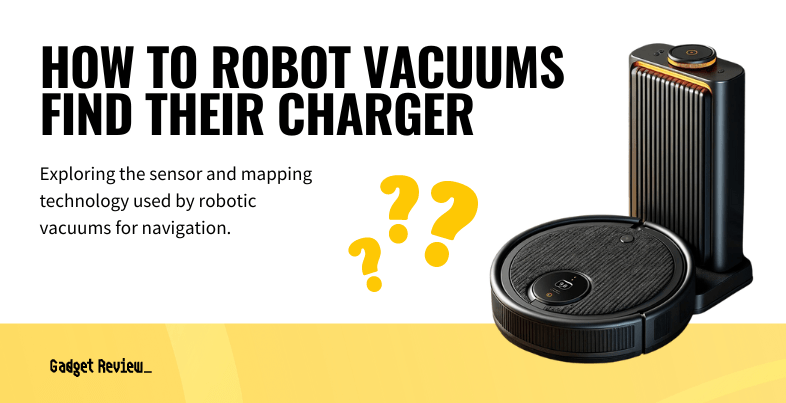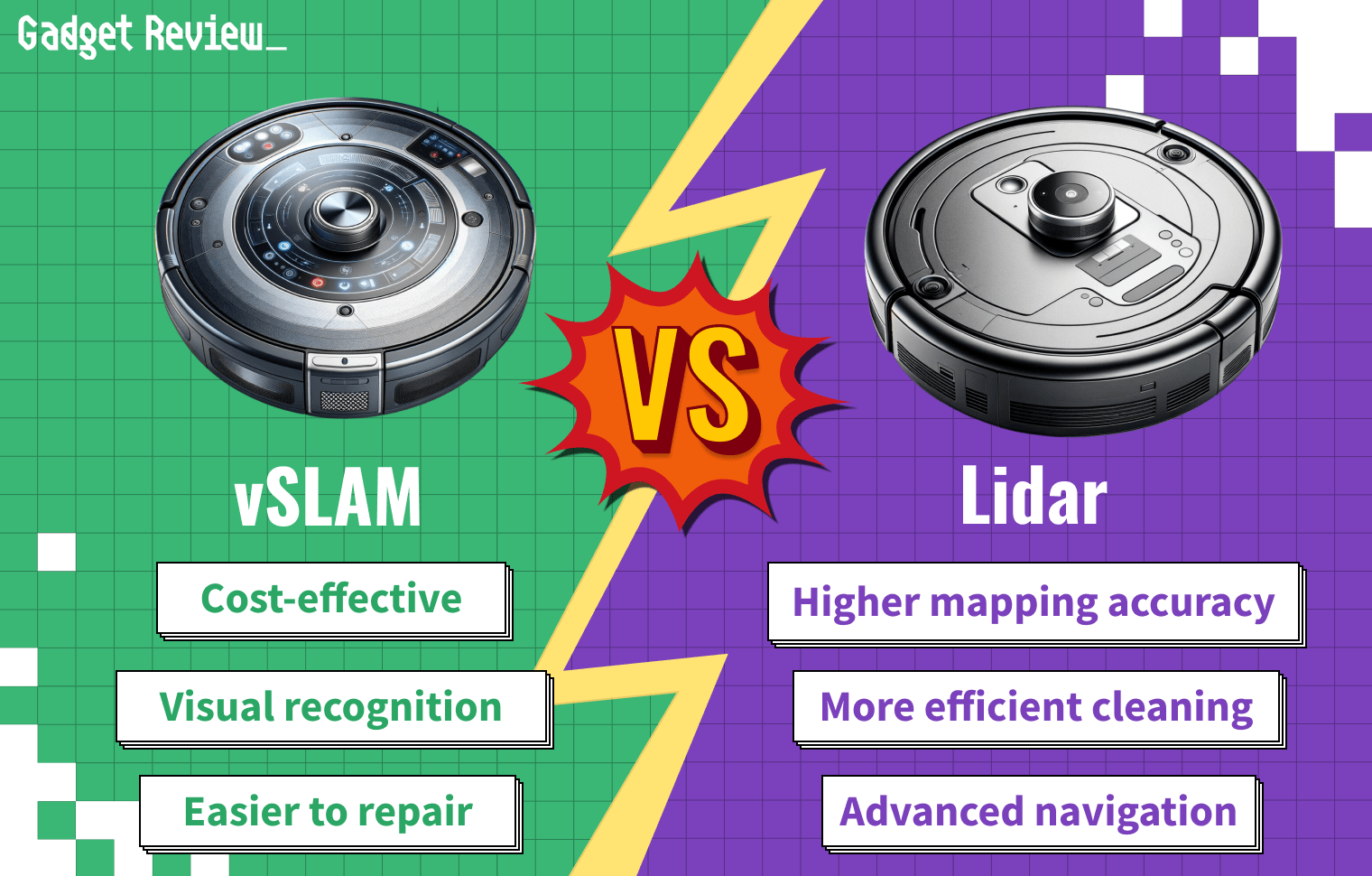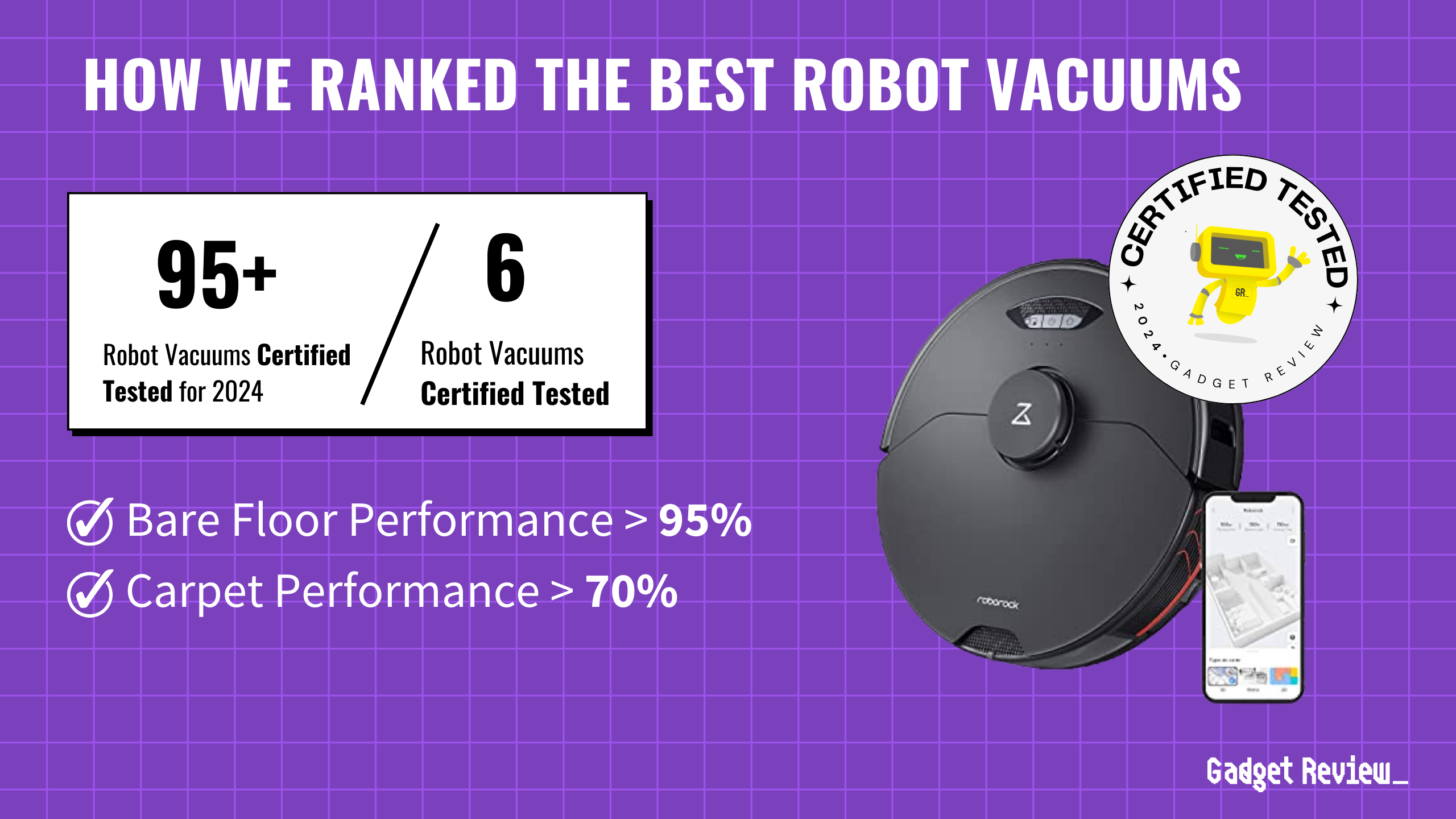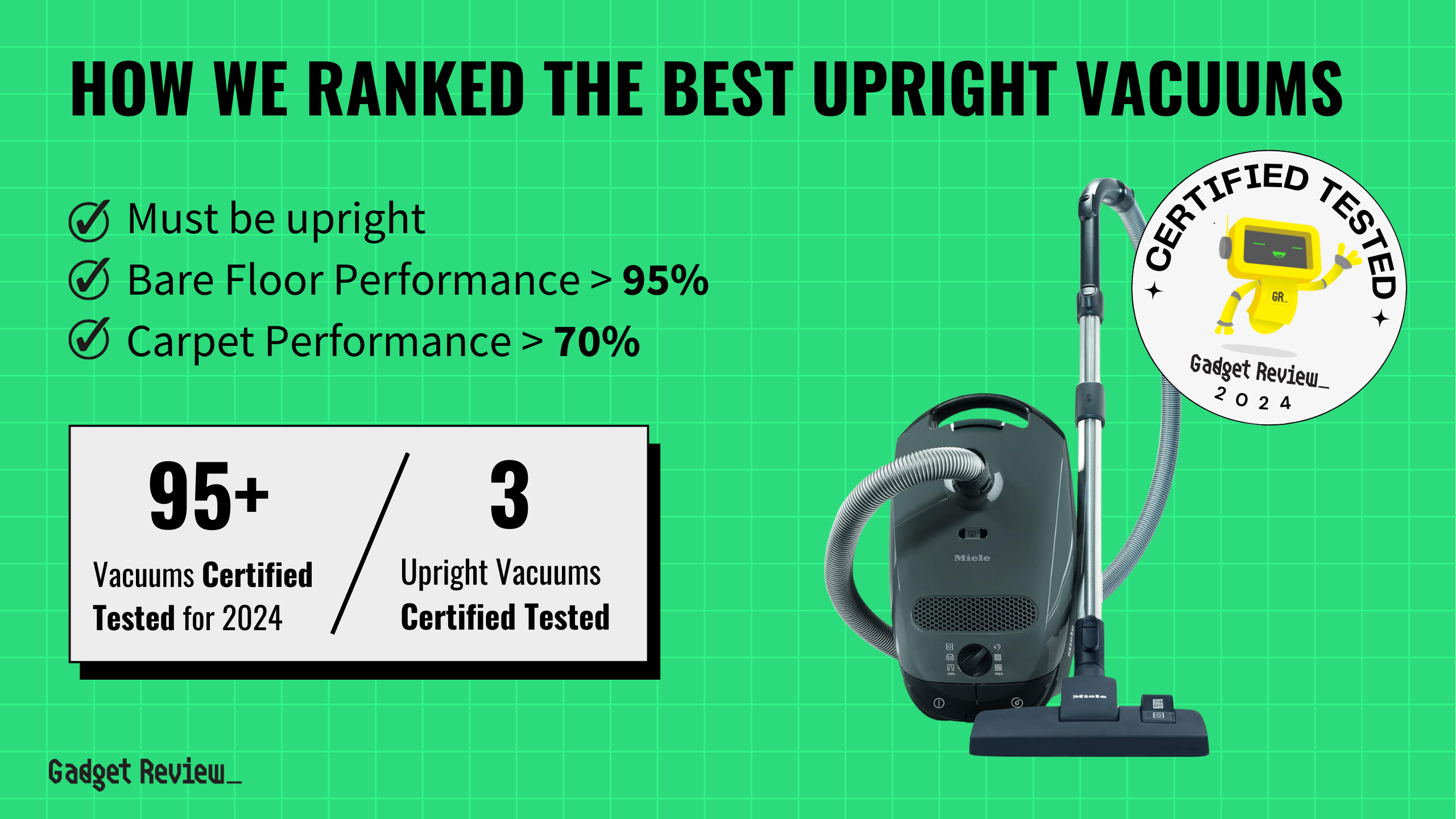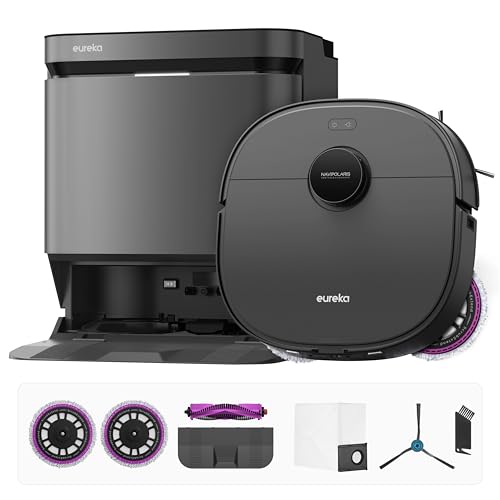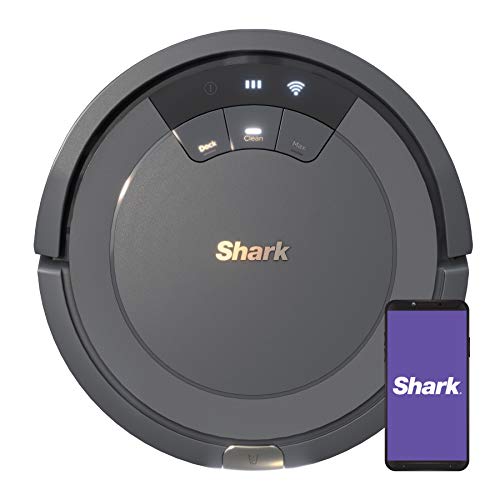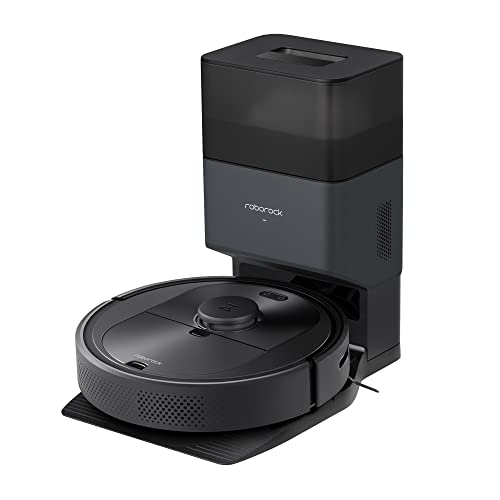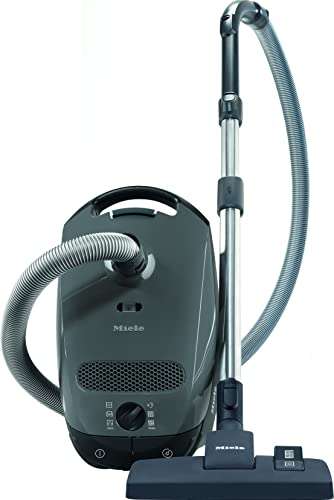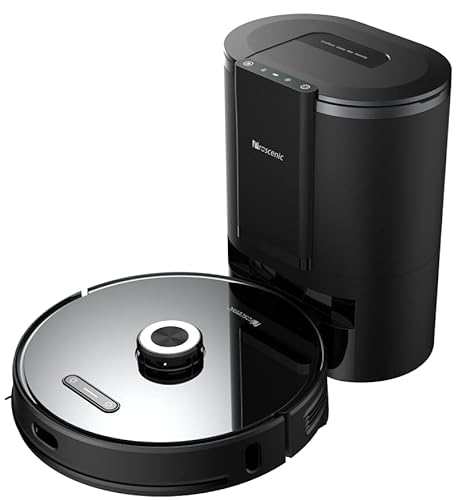Great vacuum cleaners are essential to any household. It’s a tool we use often and without much thought. Yet, it plays a crucial role in keeping our living spaces clean and dust-free.
Understanding the amperage of your vacuum cleaner helps you make a better choice when buying a model that’s good for cleaning your home.
This guide delves into the power usage of vacuum cleaners and its impact on usage.
Vacuum Amps Usage
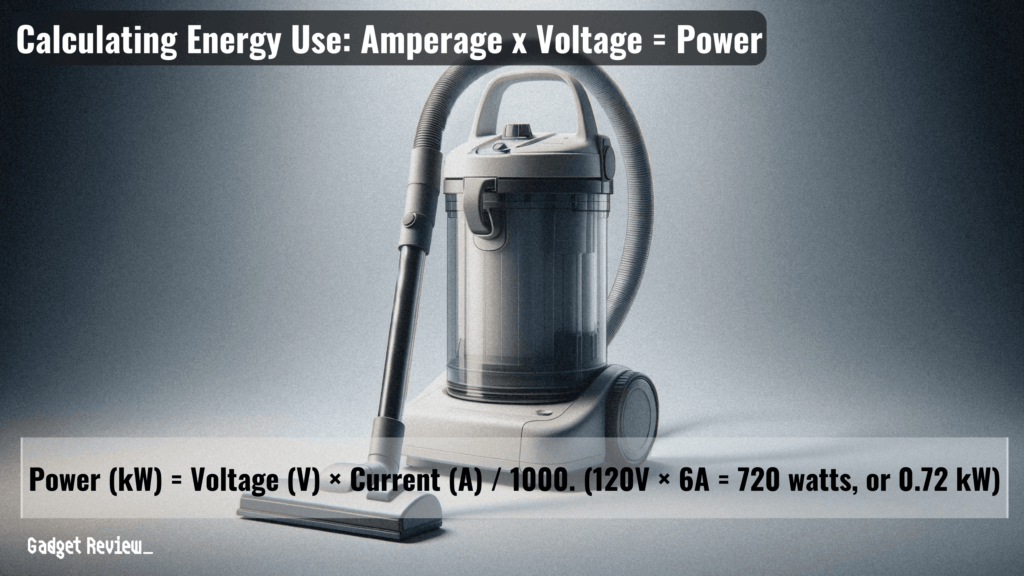
Typically, vacuum cleaners use between 3.5 to 12 amps of current.
The exact number depends on the type and model of the vacuum, say a Dyson or Shark vacuum, for instance.
Most upright vacuums operate within the 7 to 12-amp range, while handheld models might use less due to their compact size.
The table below offers some insight into the different vacuum brands and their approximate amp usage.
| Brand | Model | Approx. Amps | Notes |
|---|---|---|---|
| Dyson | V15 Detect Absolute+ | 6.5 | Powerful cordless, HEPA filtration |
| Shark | Navigator NV352 HV | 12 | Upright with swivel steering, bagged |
| Miele | C3 Comfort Plus | 8 | Canister with HEPA filtration, quiet operation |
| Hoover | WindTunnel WindVac | 7.5 | Upright with bag, carpet boost |
| Bissell | Pet Hair Eraser TurboPro | 7 | Lightweight stick vacuum, good for pet hair |
| Electrolux | Pure F9 | 9 | Bagless canister, AllergyActive filtration |
| Samsung | Jet 90 Pro | 6 | Cordless, high suction power, digital display |
| Roborock | S7 MaxV Ultra | 2.5 | Robot vacuum with self-emptying dock, mopping function |
| iRobot | Roomba i3 Plus | 2 | Robot vacuum, good for pet hair, Wi-Fi connectivity |
| Bissell | CrossWave 17133 | 10 | 2-in-1 vacuum and mop, hard floor cleaning |
So, does this mean those are the amps used per hour? Not necessarily.
The amperage of a vacuum cleaner indicates the amount of electrical current it uses at any given moment, not over an hour.
For example, a vacuum with a 6-amp rating uses 6 amps of current whenever it’s running, regardless of the duration.
To calculate its energy consumption over time, you’d multiply its power (in kilowatts) by the usage duration (in hours). For instance, a 6-amp vacuum running on a standard 120-volt system uses 0.72 kilowatts per hour (0.72 kWh), calculated as 120 volts times 6 amps, divided by 1000.
Comparing this to more powerful 12-amp vacuum cleaners can give a sense of the impact different amp motors have on energy use with a complex formula.
Amps On A Vacuum Explained
To learn more about amps on a vacuum, check out the video below.
The Importance of Knowing Your Vacuum’s Amperage
The amperage of your vacuum cleaner affects not only the efficiency of your cleaning routine but also your electricity bills.
A higher amperage vacuum often delivers more power, but it also consumes more energy.
Vacuum Cleaner Technology & Power Consumption
Vacuum cleaners have evolved significantly over the years, from early central vacuum appliances to increasingly advanced and higher-speed models like today’s modern canister vacuum cleaners produced by top central vacuum makers.
Today, they come in various shapes and sizes, each with different power requirements.
Knowing these requirements is key to choosing the right vacuum for your needs.
Understanding Amperage
What is Amperage and Why Does It Matter for Vacuum Cleaners?
Amperage (AKA current) is a measure of the electrical power that a vacuum cleaner uses.
It’s a crucial factor in determining the vacuum’s cleaning ability and energy consumption when examining specifications like electrical requirements such as motor amps for the household appliance.
Comparing Amperage Across Different Vacuum Models
Different vacuum models have varying amperage ratings.
Brands like Dyson and Shark, for example, offer models that can go up to 12 amps, providing powerful suction but also using more electricity.
Types of Vacuum Cleaners and Their Power Usage
1 Handheld Vacuums: Compact Power
These smaller vacuums are designed for convenience and typically use less power, making them ideal for quick cleanups.
2 Upright Vacuums: The Household Standard
Upright vacuums are common in many households. They usually require more power, with most models operating between 7 and 12 amps.
3 Canister Vacuums: Versatility and Efficiency
Canister vacuums are known for their versatility. They often have a 12-amp rating, balancing powerful suction with reasonable energy use.
4 Robot Vacuums: Automated Cleaning Innovations
Robot vacuums are designed for efficiency and convenience, often using less power compared to traditional vacuums.
5 Wet/Dry Vacuums: Heavy-Duty Cleaning Power
These vacuums are built for more demanding tasks and typically have higher amperage requirements due to their robust functionality.
Factors Influencing Vacuum Amperage
The efficiency of a vacuum’s motor, features, and suction power all play a significant role in its power usage.
| Factors Influencing Power Usage | Description | Impact on Power Usage |
|---|---|---|
| Motor Efficiency | Vacuum’s motor efficiency | Efficient motors have strong suction with lower amperage |
| Suction Power | The level of suction the vacuum provides. | Higher suction power requires more amps |
| Filter Type | Filter type used | Less efficient filters require more power |
| Additional Features | LED lighting & automated sensors | Features can increase power consumption |
Practical Considerations
Balancing Power and Energy Efficiency in Vacuum Cleaners
Choosing the right vacuum involves balancing aspects of vacuum power, like amperage and energy efficiency.
This is because higher amperage can make a cleaning difference or be a worst-case scenario for your energy bill; consider both the amperage and the tasks you need the vacuum for.
How to Check the Amperage of Your Vacuum Cleaner
You can usually find the amperage information on the vacuum’s label or in the user manual.
While it’s not urgent to know before buying a vacuum, it will help you understand how much your potentially new vacuum will affect your electricity bill.
Safety Tips: Avoiding Overloads and Electrical Hazards
Always ensure that your home’s electrical system can handle the vacuum’s power requirements to avoid safety hazards.
Cost Implications
Comparing Long-Term Energy Costs of Different Vacuum Types
Consider the long-term energy costs when choosing a vacuum.
Sometimes, a more efficient model can save money over time despite a higher initial cost.
Empowering Your Cleaning Experience
Understanding the amperage of vacuum cleaners empowers you to make informed decisions about your household cleaning tools.
It’s not just about the power of cleaning but also about efficiency and safety. With this knowledge, you can select a vacuum that fits your cleaning needs and budget.


